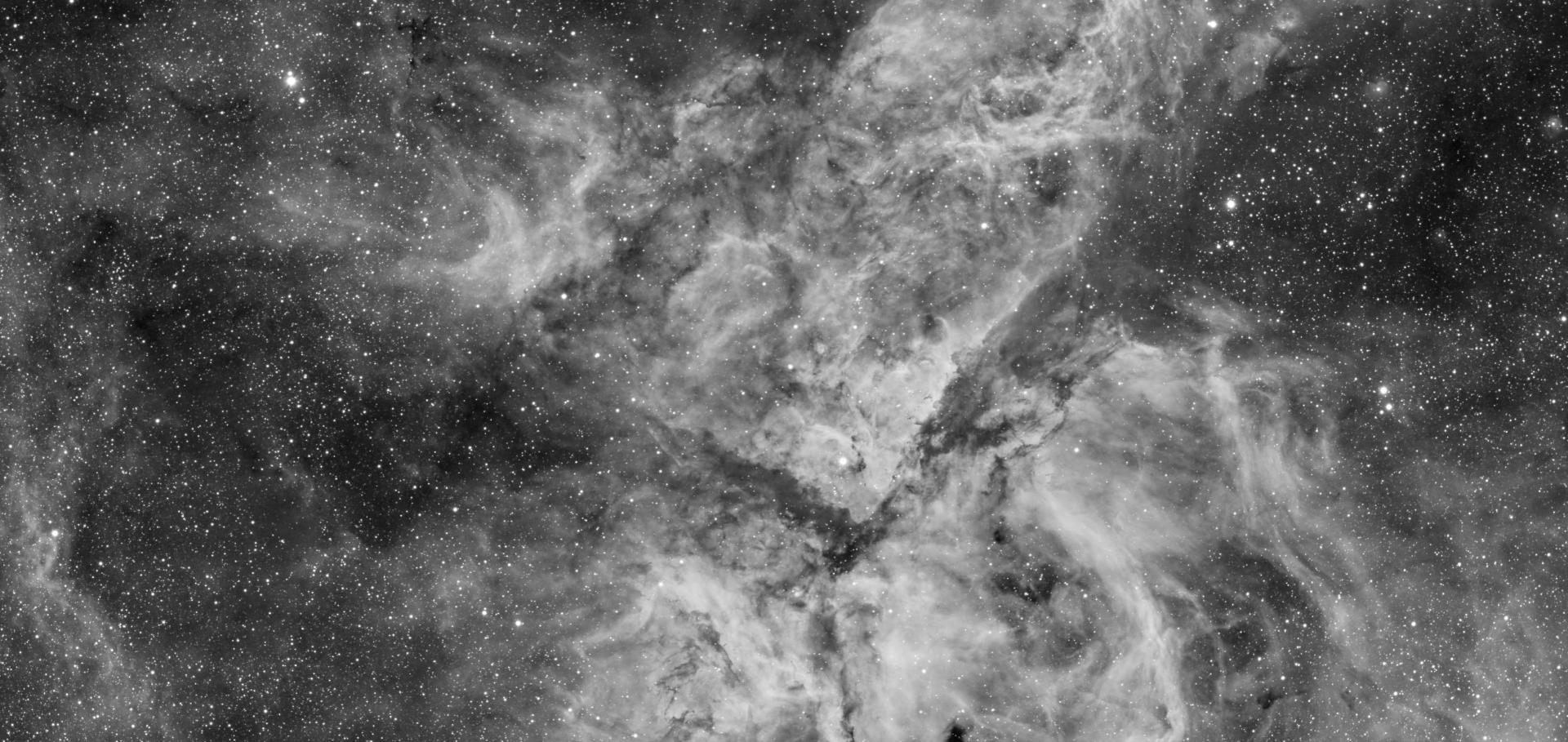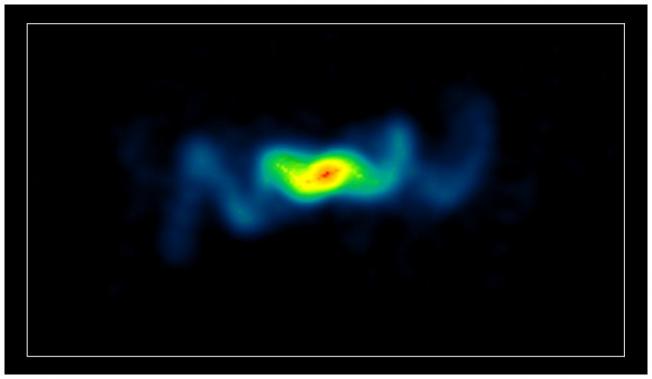Hydrodynamic simulations of the SS 433-W50 complex
International Conference Recent Advances in Natural Language Processing, RANLP (2008)
Abstract:
The compelling evidence for a connection between SS 433 and W50 has provoked much imagination for decades. There are still many unanswered questions: What was the nature of the progenitor of the compact object in SS 433? What causes the evident re-collimation in SS 433's jets? How recent is SS 433's current precession state? What mass and energy contributions from a possible supernova explosion are required to produce W50? Here we comment on two of our 53 models: (i) featuring the SNR evolution alone, and (ii) the SNR combined with a simple jet model. © Copyright owned by the author(s) under the terms of the Creative Commons Attribution-NonCommercial-ShareAlike Licence.Inflow and outflow from the accretion disc of the microquasar SS433
International Conference Recent Advances in Natural Language Processing, RANLP (2008)
Abstract:
A succession of near-IR spectroscopic observations, taken nightly throughout an entire cycle of SS 433's orbit with UKIRT, reveal (i) the persistent signature of SS 433's accretion disc, having a rotation speed of ∼ 500 kms-1and (ii) confirms the presence of the circumbinary disc recently discovered at optical wavelengths by Blundell, Bowler & Schmidtobreick (2008) and (iii) detects a much faster outflow than has previously been measured from the disc wind. Our relatively high spectral resolution at these near-IR wavelengths has enabled us to deconstruct the different components, and their physical origins, that comprise the Brackett-γ line in this binary system. © Copyright owned by the author(s) under the terms of the Creative Commons Attribution-NonCommercial- ShareAlike Licence.The globaljetwatch spectrographs: A fibre-fed spectrograph for small telescopes
Proceedings of SPIE - The International Society for Optical Engineering 7014 (2008)
Abstract:
The GlobalJetWatch project (www.globaljetwatch.net) will place small (0.5-metre) commerical telescopes in four schools around the world. Each telescope will be equipped with a custom designed spectrograph, currently being built by the Astrophysics sub-department of the University of Oxford. The scientific goal of the project is to provide continual monitoring of a rosetta stone object, the micro-quasar SS433. In addition,the project has a significant out-reach element, aiming to involve school children on four-continents in front-line astronomical research. The spectrograph is a fibre-fed fixed format cross-dispersed echellete design providing R 6000 spectra from 4300-8500Å in a single exposure. The spectrograph is built almost entirely from off-the-shelf components. The four GlobalJetWatch sites (Australia, India, South Africa,Chile) will be commissioned in 2008/09. Here we present the baseline design of the spectrograph, and initial results from the prototype on-sky commissioning in Oxford.Opacity effects and shock-in-jet modelling of low-level activity in Cygnus X-3
ArXiv 0811.3377 (2008)
Abstract:
We present simultaneous dual-frequency radio observations of Cygnus X-3 during a phase of low-level activity. We constrain the minimum variability timescale to be 20 minutes at 43 GHz and 30 minutes at 15 GHz, implying source sizes of 2 to 4 AU. We detect polarized emission at a level of a few per cent at 43 GHz which varies with the total intensity. The delay of approximately 10 minutes between the peaks of the flares at the two frequencies is seen to decrease with time, and we find that synchrotron self-absorption and free-free absorption by entrained thermal material play a larger role in determining the opacity than absorption in the stellar wind of the companion. A shock-in-jet model gives a good fit to the lightcurves at all frequencies, demonstrating that this mechanism, which has previously been used to explain the brighter, longer-lived giant outbursts in this source, is also applicable to these low-level flaring events. Assembling the data from outbursts spanning over two orders of magnitude in flux density shows evidence for a strong correlation between the peak brightness of an event, and the timescale and frequency at which this is attained. Brighter flares evolve on longer timescales and peak at lower frequencies. Analysis of the fitted model parameters suggests that brighter outbursts are due to shocks forming further downstream in the jet, with an increased electron normalisation and magnetic field strength both playing a role in setting the strength of the outburst.Opacity effects and shock-in-jet modelling of low-level activity in Cygnus X-3
(2008)



